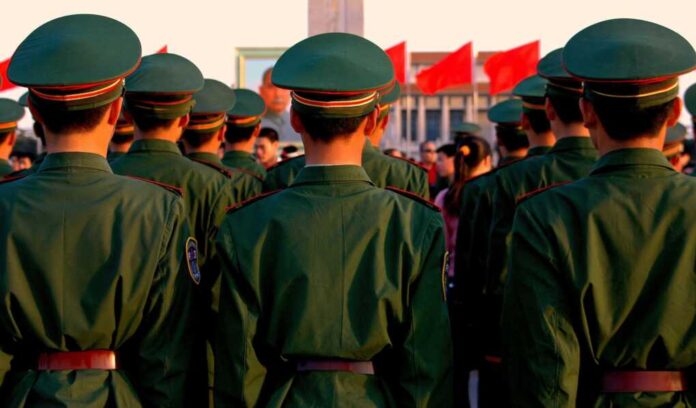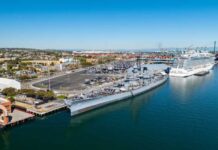
China’s military buildup near Taiwan is accelerating rapidly, raising fears of a full-scale conflict as U.S. commanders warn of a potential invasion by 2027.
At a Glance
- Admiral Samuel Paparo warns China is accelerating preparations for a Taiwan invasion
- PLA holds live-fire drills near Taiwan as part of broader military posturing
- U.S. military officials cite increasing Chinese production of submarines, jets, and warships
- A 2005 Chinese law provides justification for forced unification if Taiwan declares independence
- U.S. reaffirms commitment to Taiwan’s defense as regional tensions mount
China’s Expanding Military Footprint
Admiral Samuel Paparo, commander of U.S. Indo-Pacific Command, has issued a sobering warning: China is accelerating its military readiness for a potential Taiwan invasion by 2027. In a recent briefing to lawmakers, Paparo said the Chinese military is at a “rapid boil,” intensifying naval and aerial drills near Taiwan that simulate large-scale amphibious operations and strikes on key infrastructure.
The latest war games include live-fire exercises in the Taiwan Strait and surveillance flights near U.S. allies like Australia and New Zealand, signaling an effort by Beijing to test operational reach and readiness. Military analysts point to China’s massive defense output as a critical challenge. The People’s Liberation Army (PLA) is outproducing the U.S. in submarines, warships, and fifth-generation fighter jets—a shift that threatens to erode America’s strategic dominance in the Indo-Pacific.
Watch a report: US Admiral warns China prepping for Taiwan attack – YouTube.
Legal Pretext and Strategic Signaling
The 2005 Anti-Secession Law remains central to Beijing’s justification for force. It mandates military intervention if Taiwan moves toward formal independence or permanent separation. According to defense experts, China’s interpretation of the law, coupled with President Xi Jinping’s reported directive for PLA readiness by 2027, points to escalating strategic intent.
General Ronald P. Clark, commander of U.S. Army Pacific, has echoed similar concerns, stating that China’s posture in the South China Sea and near Taiwan reflects “an evolving threat landscape” that must not be underestimated.
U.S. Response and Regional Fallout
Despite the growing threat, Admiral Paparo remains confident in U.S. capabilities, particularly in submarine warfare, counterspace technologies, and precision strike systems. Yet, the Pentagon acknowledges that maintaining deterrence requires urgent investment and modernization.
Taiwan’s future remains a focal point of geopolitical tensions, and U.S. defense planners are recalibrating strategies to uphold stability. American lawmakers and military leaders continue to emphasize the importance of defending Taiwan’s sovereignty, viewing the island as a democratic bulwark in the face of authoritarian aggression.





























